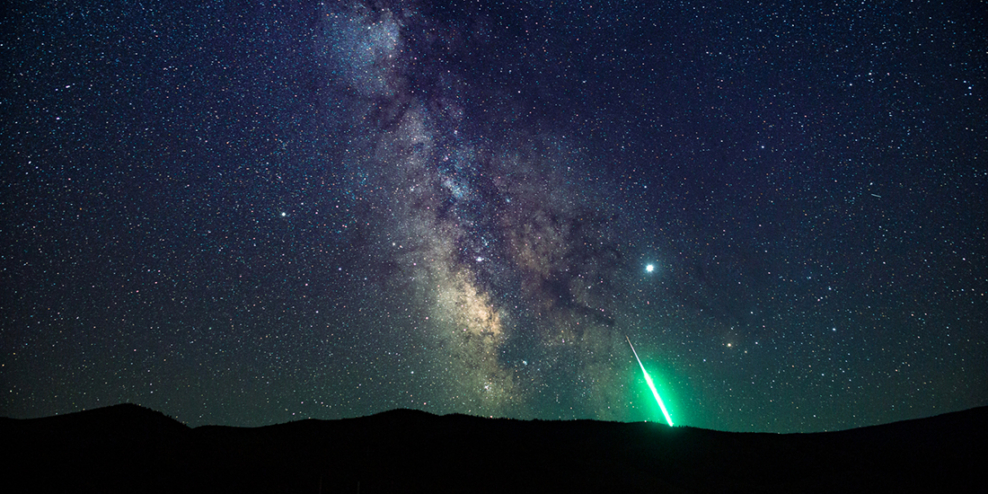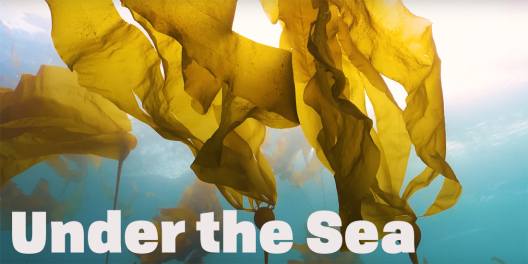You may have felt the earth shake a bit on Sunday evening. But that wasn’t an earthquake. And it wasn’t thunder. It was a visitor from space.
Just after 5pm on Sunday December 12, folks across VanIsle saw a huge fireball in the sky.
Earth is travelling through the Geminid meteor shower. It means there are lots of shooting stars in the night sky right now. A shooting star happens when those meteors burn up in the atmosphere.
But when those meteors are big, they really blow up.
Vista Radio’s Lori Perry happened to be looking out her front window when the meteor came down. “It was huge. It was the biggest one I’ve ever seen. I saw another during a meteor shower this past summer, but this one was bigger and brighter.”
Sean Mark even caught the fireball on his dashcam. He was driving south near Campbell River and it streaked down just to his left.
Cool video! Sean Mark was driving in #CampbellRiver at 5:01 pm when his dashcam captured a meteor seen widely across #VancouverIsland. He was on Island Hwy near Rockland Rd. driving south. @CHEK_News #Meteorite pic.twitter.com/tyvXUXR2DN
— Dean Stoltz (@deanstoltzchek) December 13, 2021
Lots of folks on the Island reported the fireball to the American Meteor Society. Maya C. in Saanich said the fireball was colourful and “sounded like a burning sparkler.”
But folks further south also heard a boom that shook everything like an earthquake.
Nick M. on Salt Spring said he heard a loud rumble about 3 minutes after the fireball disappeared. Crystal W. in Duncan said it sounded like thunder or an explosion.
Technically these fireballs are called bolides. They are intense trails of light that come from meteoroids or asteroids that slam into Earth’s atmosphere.
Lots of folks got excited about meteor hunting on VanIsle on Monday. But most meteors that create a bolide explode when they hit the atmosphere.
That’s probably where the boom sound came from. The energy from an exploding meteor can be stronger than a small nuclear bomb. The big meteor shatters into lots of smaller pieces.
The Geminid meteor shower peaks on December 13. If you’re lucky, you could see 30-40 shooting stars per hour.
But only if the weather cooperates.







